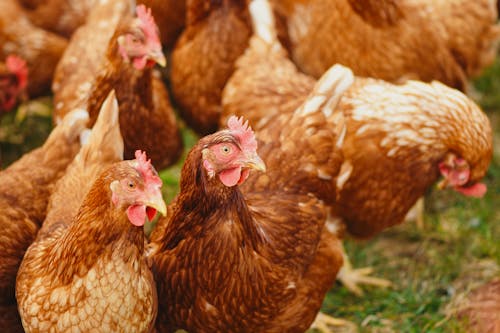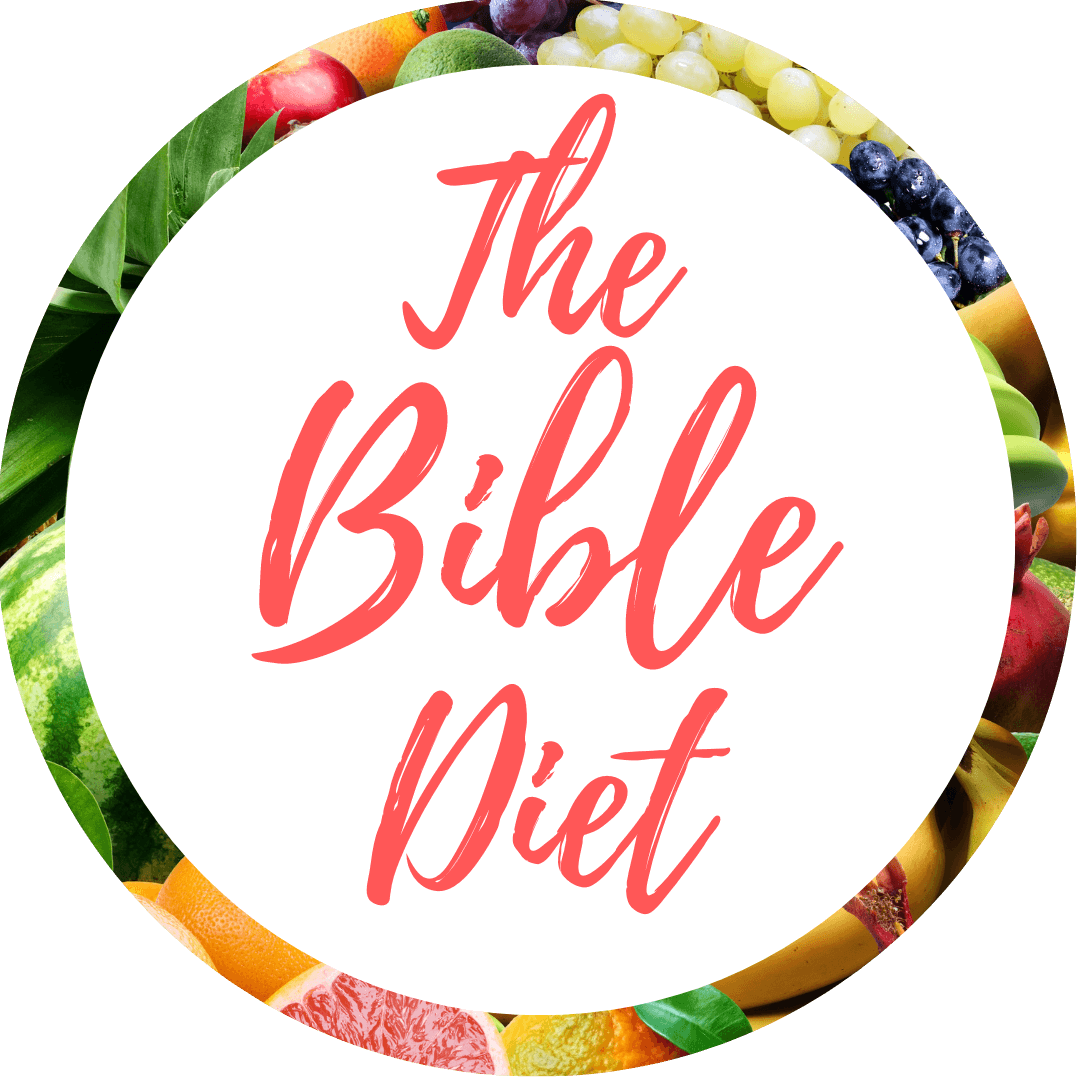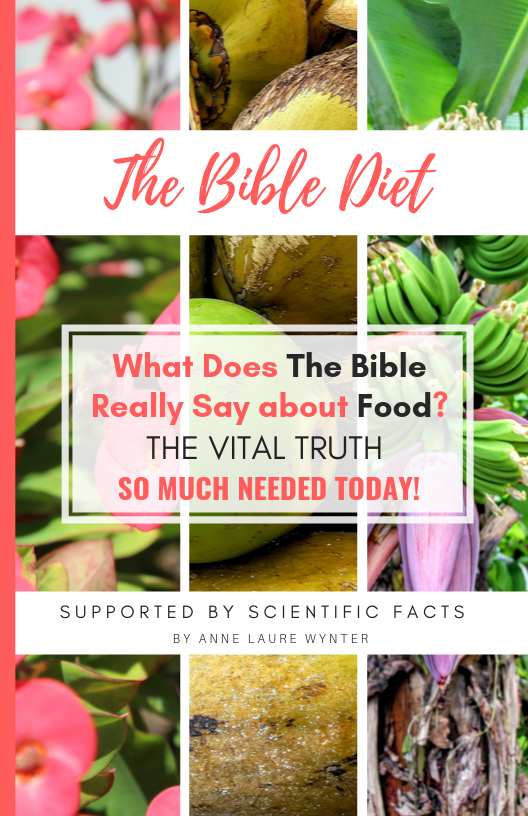Egg consumption is increasing around the world. This is especially prominent in developing countries. Due to changing diets, people are consuming more calories from protein sources like poultry, meat and eggs. We read labels on the cartons that say things that sound healthy for you but behind these words aren’t always the best option for our bodies. So is it safe to eat eggs? Let’s breakdown 5 common egg labels and explain them.

The United States, a leader in both consumption and production of eggs, consumed 279 eggs per person in 2019.
God reminds us several times in the Bible, that we should do our best to keep our bodies as healthy as possible:
“Beloved, I wish above all things that thou mayest prosper and be in health,
even as thy soul prospereth” – 3 John 1:2
“What? know ye not that your body is the temple of the Holy Ghost which is in you, which ye have of God,
and ye are not your own?” – 1 Corinthians 6:19-20
Therefore, we should ask ourselves: are eggs really a part of a healthy diet?
In the past, eggs might have been beneficial in some cases to provide important nutrients. For people living in places where egg alternatives are not available, eating eggs from fowls that are well-fed, well-cared for and healthy, may still be beneficial.
That being said, let’s consider the following facts that are relevant to most people today: Most eggs come from unhealthy chickens. Chickens are raised in terrible conditions, consequently, they get sick. (learn more from page Dairy Products). The mistreatment of chickens on farms is shameful. As wickedness among men increases, so will diseases in animals.
If we would want to take advantage of the benefits of eggs, we may encounter health risks. The American Egg Board’s research showed that raw or even the sunny-side-up eggs should be considered “unsafe” because of the Salmonella risk. Other studies have discovered that even most cooking methods including boiled, omelet or scrambled also have a risk of salmonella.’
Closely following chicken consumption, egg consumption is the 2nd leading cause of salmonella poisoning in the world. The FDA estimates that 142,000 illnesses each year are caused by consuming eggs contaminated with salmonella.
Due to this, egg companies can’t even refer to eggs as “safe”.
When it comes to labels that are on the egg boxes, we are also misled.
5 Common Egg Labels Explained
Cage Free
Cage-free means that the chickens are not in box cases, but they are still confined in a very small enclosed place inside of a building or warehouse. Here, they get no sunlight nor access to the outdoors. They can’t really move about freely and they stand in their own excrement.

Free Range
Free range only means that the chickens are allowed one access to the outside, according to the USDA regulation. This of course, has no specification regarding the quality or quantity of the outside exposure. The chickens might only have one small door leading to the outside in a huge warehouse, and most of the time they don’t even know that there is outside access.
Vegetarian-Fed
Vegetarian-fed chickens are entirely raised on industrialized feed (probably GMO) and never allowed outside.
Organic Free Range
Even for organic free-range eggs are produced in terrible conditions. It is an industry-standard to trim their beak
using a razor blade, hot blade or other tools at a temperature of up to 1500 degrees. The USDA Livestock
Researchers Unit confirms that a chicken’s beak is a complex, functional organ with extensive nerve supply.
After such a procedure, many chickens don’t even survive because they are unable to eat and they become
dehydrated.
Pasture-Raised
Pasture-raised eggs do not have any current regulation. Chickens are usually raised in the outdoors in a pasture.
But for most organically raised eggs, if hens’ egg production decreases and it is no longer profitable to keep some hens alive, they would be killed and their flesh would be sold. And even for those eggs, there is still a risk of salmonella, and it happens that the hens have a flu.

Now that we’ve explained the 5 common egg labels, it is up to you to decide if or how much eggs you want in your diet. In summary, it is best to abstain from eggs when possible. There are egg alternatives available that provide nutrients for the body just as well as real eggs.
Here are some great egg substitutes while cooking and baking.
You can replace 1 egg with:
- 1 tbsp ground flax + 3 tbsp water
- A tbsp chia seeds + 1/3 cup water
- 1 tbsp agar agar + 3 tbsp water
- ½ medium mashed banana
- ¼ cup unsweetened apple sauce
- 3 tbsp peanut or almond butter
TIP: To get a texture that is almost similar to fried or scrambled eggs, tofu that is well seasoned is a great substitute. And if you want to make a dish that calls for a lot of eggs such as quiche or custard you can replace 1 egg by 1/4 cup soft tofu.
However, if someone removes eggs from their diet and notices significant body weakness, resume using eggs in their diet (preferably from healthy fowls). Do so until they find one or several plant-based alternatives that can provide the same good nutrients of the eggs, such as legumes, nuts and leafy greens. See here for plant-based foods that are high in protein for further egg alternatives.



